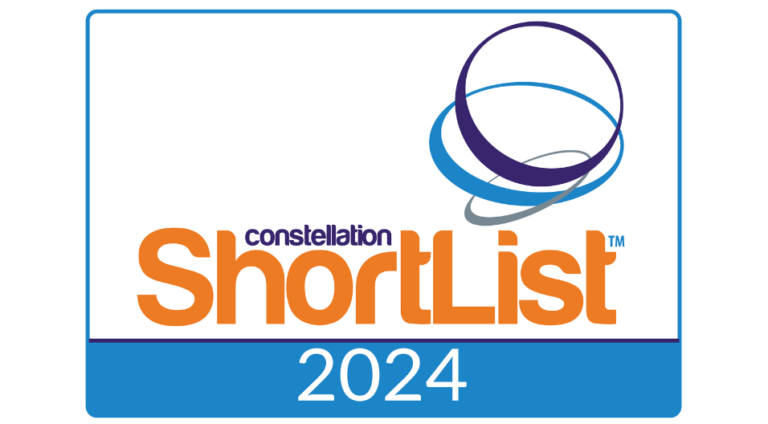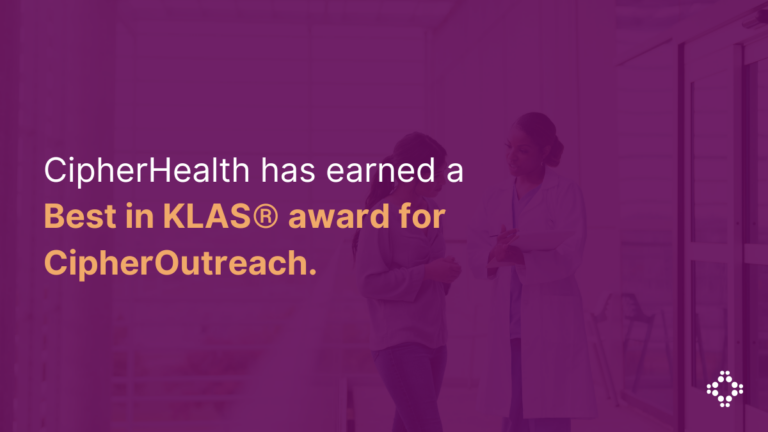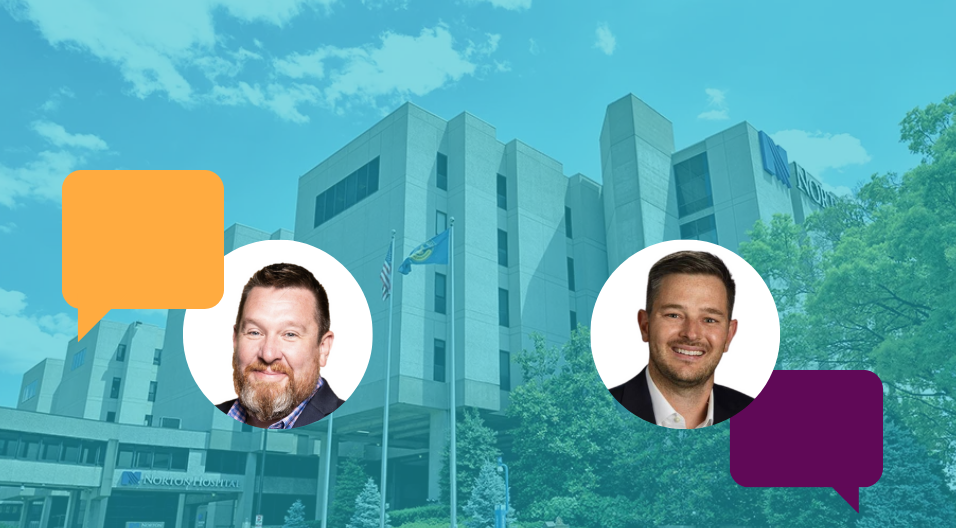High quality care extends beyond the four walls of the hospital. This is why top-quality healthcare providers ensure that care extends beyond discharge. Often, patients are left to navigate their recovery journey on their own once they leave the hospital, leading to an increased risk of readmissions and sub-optimal outcomes. This is where centralized follow-up can play a significant role in extending care efficiently.
Centralized follow-up refers to a coordinated approach that involves systematically reaching out to patients after discharge to monitor their progress, address any concerns or issues, and provide necessary support. This method has been proven to improve patient outcomes and reduce readmission rates significantly. In this blog post, we will discuss how centralizing follow-up can benefit your organization and your patients.
Improved Patient Outcomes:
The primary goal of healthcare providers is to improve patient outcomes. By utilizing centralized follow-up methods, you can closely monitor a patient’s progress even after they leave the hospital. This allows for early detection of any complications or concerns, which can be quickly addressed before they escalate. Moreover, regular communication with patients can help in reinforcing post-discharge instructions and ensuring medication adherence. All these factors contribute towards improved patient outcomes.
Reduced Readmission Rates:
Hospital readmissions not only have adverse effects on patient health but also lead to an increased financial burden for both the patient and the healthcare system as a whole. Centralized follow-up has been shown to reduce readmission rates significantly by identifying potential issues early on and addressing them promptly. Additionally, with proper follow-up procedures in place, patients are more likely to adhere to treatment plans and seek help when needed instead of waiting until their condition worsens.
Efficient Use of Resources:
Centralized follow-up also helps in optimizing resource utilization at your organization. By identifying high-risk patients through continuous monitoring and targeting interventions accordingly, you can ensure efficient use of resources without compromising on the quality of care. This also leads to cost savings for both the patient and the healthcare system.
Enhanced Patient Satisfaction:
Effective follow-up procedures demonstrate your commitment to providing comprehensive care to patients, even after they leave the hospital. It establishes a sense of trust and reassurance among patients that their well-being is a top priority for your organization. This not only improves patient satisfaction but also fosters better relationships between patients and healthcare providers.
To successfully implement centralized follow-up at your organization, it is crucial to have a well-defined plan in place. This includes identifying high-risk patients, establishing communication protocols, and utilizing technology to facilitate remote engagement and monitoring. It is also essential to involve all members of the interdisciplinary team in this process to ensure seamless coordination of care.
Extending care beyond discharge through centralized follow-up is a key component of providing quality healthcare. By implementing this approach, you can improve patient outcomes, reduce readmission rates, optimize resource utilization, and enhance patient satisfaction. Contact us today and let us work towards ensuring that care doesn’t end at discharge – it continues efficiently through centralized follow-up.










